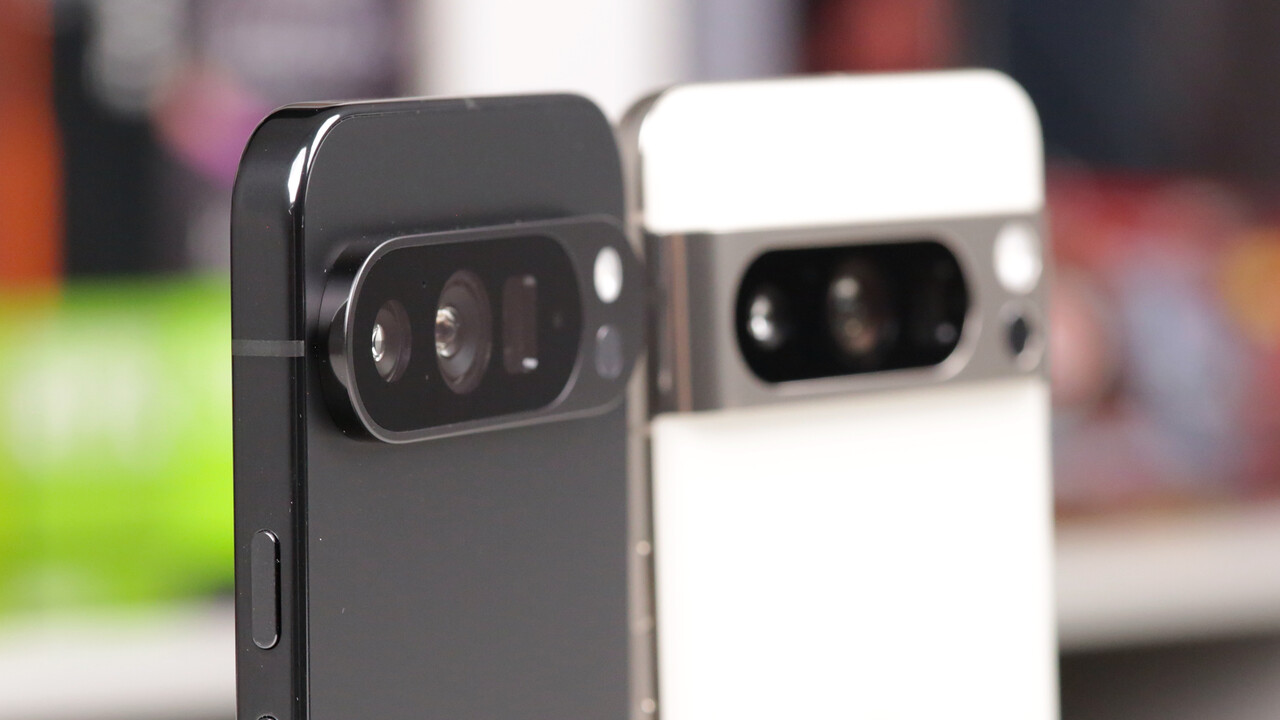Google Pixel 10: In return, more cameras for smaller sensors 45 comments

Unlike the Pixel 9, the Pixel 10 is expected to receive three cameras instead of two. The telephoto lens should no longer be reserved for the two most expensive Pro models. Now it’s becoming clear that Google is returning to smaller, potentially worse, camera sensors for the Pixel 10, but this will also define cheaper camera sensors.
This emerges from information available to Android Authority for the Pixel 10. Previously, early renders suggested that Google would also give the regular Pixel 10 a telephoto lens and thus a total of three cameras. Android Authority now wants to uncover the respective camera specifications.
Smaller sensors for the three cameras
According to this, the Pixel 10 is expected to receive a triple camera setup consisting of a wide-angle, an ultrawide angle, and a telephoto lens. Behind the wide-angle lens, the smartphone’s main camera, is the large 1/1.95″ 50 MP Samsung GN8, which is also used in the cheaper Pixel 9A—a clear downgrade to the 1/1.31″ wide Samsung GN8 from the Pixel 9, which is also expected to be included in the Pixel 10 Pro.
A comparable downgrade is expected for the ultrawide-angle camera. Instead of the large 1/255″ 48 MP Sony IMX858 from the Pixel 9, which is also intended for the Pixel 10 Pro, the large 1/3.1″ Sony IMX712, also known from the Pixel 9A, is expected to be switched.
Google uses the IMX858 for the Pixel 9 Pro’s telephoto lens. The Pixel 10, which first featured this camera, will have to rely on the smaller 1/3″ 11MP Samsung 3J1, which is also in the Pixel 9 Pro Fold and is intended for the Pixel 10 Fold.
Smaller doesn’t have to mean worse.
Overall, it appears that Google is taking control of the Pixel 9A’s cameras for the Pixel 10 and will complement them with the telephoto lens from the Pixel 9 Pro Fold. The Pixel 10 Pro (XL) plans to have exactly the same cameras as last year.
The smaller camera sensors are certainly a deterioration from a purely physical perspective, but the question is how Google can achieve this in practice. The company is known for continuing to produce good camera results even in the mid-range with cheaper hardware.
The Tensor G5 in the Pixel 10 is also rumored to be the first time that an in-house developed image processing unit (ISP) is expected to handle the raw data processing. This could ensure that Google always produces at least equivalent results with the poorer hardware.
TOPICS: Google Google Pixel Smartphones Source: Android Authority

Sarah tracks innovations in smartphones, evaluating their performance, design, and key features.


